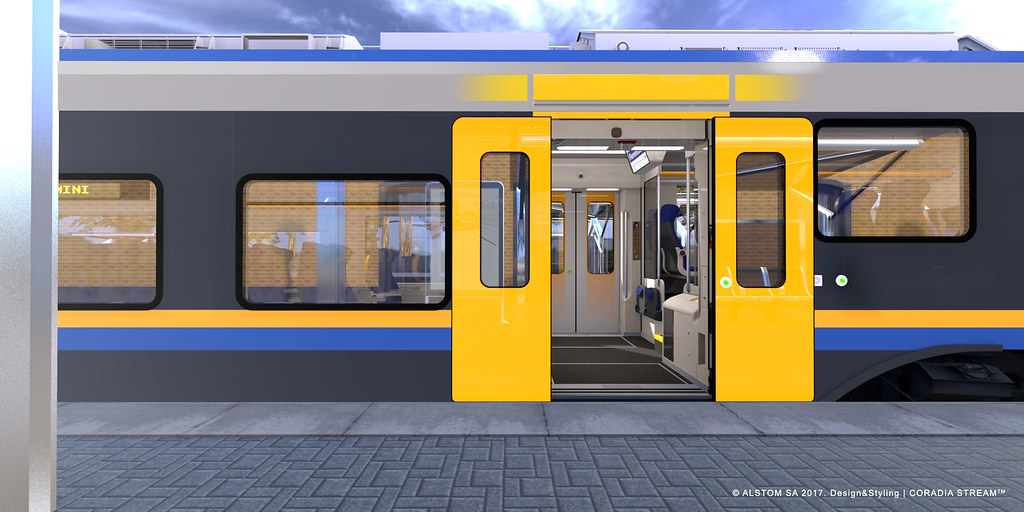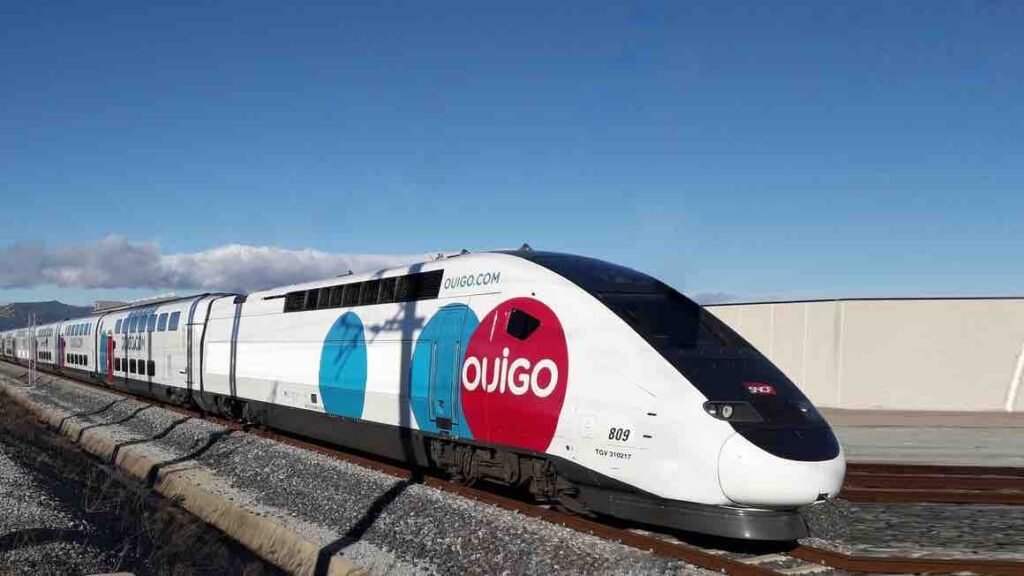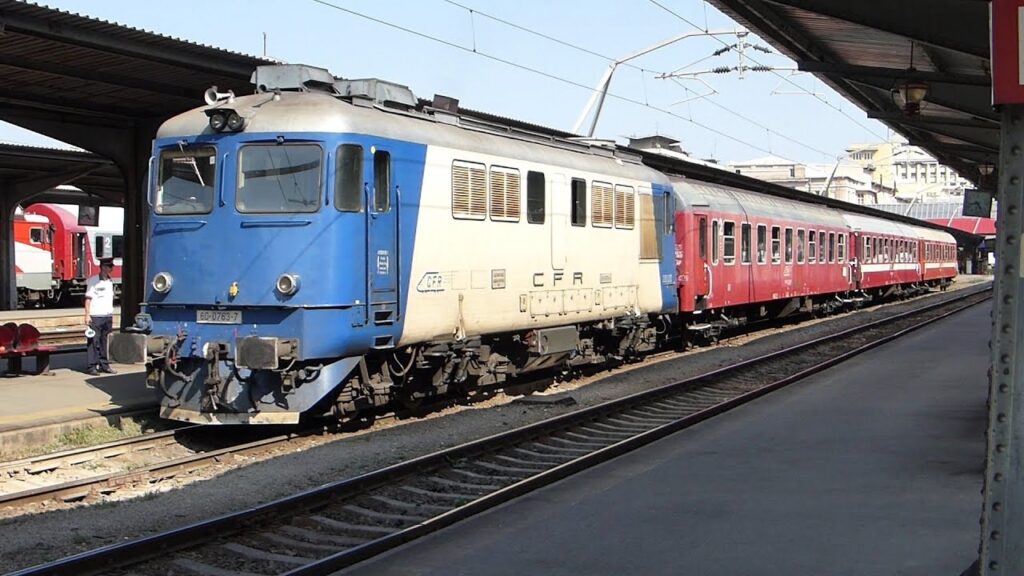Alstom delivers the first cars to the Tren Maya railway project
July 10, 2023 – Alstom (OTC: ALSMY), global leader in smart and sustainable mobility, has completed the delivery of the first train of the Tren Maya project to the Federal Government and Fondo Nacional de…



